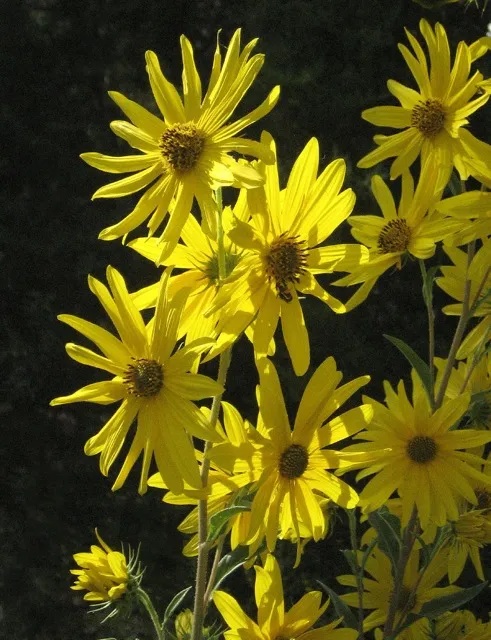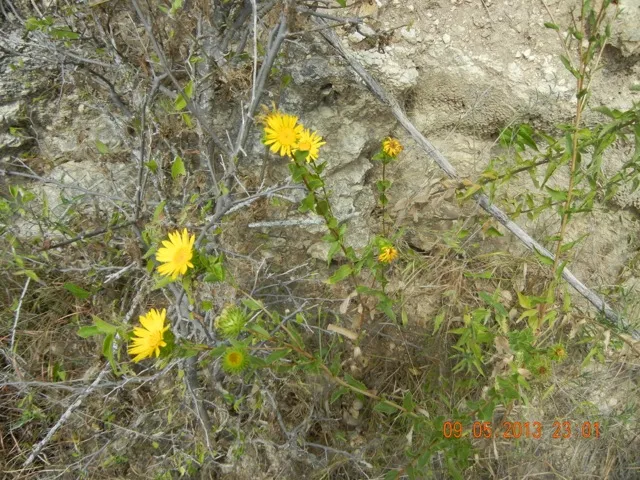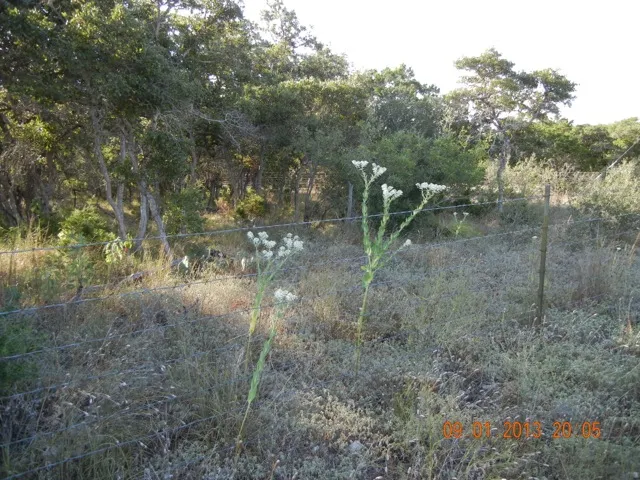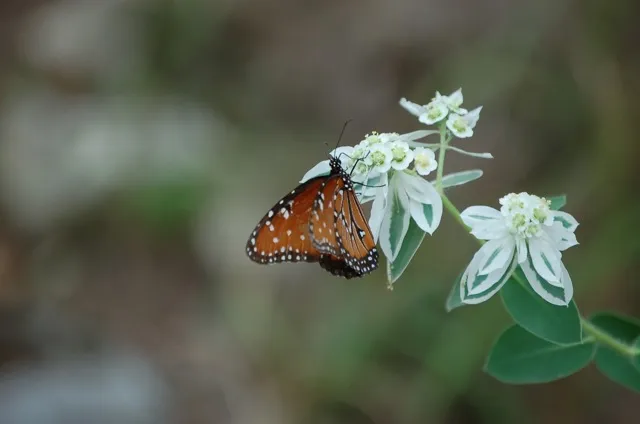By Delmar Cain
Do I really feel a bit of coolness in the air in early morning? Or am I just conditioned to feel that way, when I hear the warning bleeps of a stopped school bus capturing the neighborhood kids? In the afternoon when the bus returns and the temperature is 98 degrees, I have my doubts as to what I felt.

Along with two-a-day school bus runs and the hope of cooler weather, September also means the restart of the NICE Program (Natives Instead of Common Exotics) for the Boerne Chapter of NPSOT (Native Plant Society of Texas).
Along the areas where I regularly drive, representatives of the Plant of the Month for September are reaching a mature height, while struggling, like a lot of wildlife, with the paucity of rain showers. But the Maximilian sunflower (Helianthus Maximiliani) is a tough plant and we will see blooms before September ends.
I am including an impressive image of this fall bloomer taken by Boerne resident, Tom Rust, who delights many of us with his beautiful wildlife and nature pictures. In addition, Carolyn Walden, who writes the monthly newsletter for the Boerne Chapter of NPSOT, has written an excellent article on the Maximilian sunflower for the September issue. For detailed information about the plant, its uses and it’s name, I recommend that you read her article in the September newsletter, which can be found under Publications and then under Newsletters at the Boerne Chapter website: http://www.npsot.org/wp/boerne/

The Maximilian sunflower is not the only tough plant that can be seen still eking out a presence in the fields. One species that I have seen blooming along the right of ways for a couple of months is fall gumweed (Grindelia lanceolata). As other plants have come and gone, this hardy plant has continued to bloom with the help of the meager rains.
Found growing in calcareous soils in our area, fall gumweed is a perennial with yellow flowers. It may have one or several erect stems that can reach 3 feet in height. Every thing about it, except the petals, has a rough unyielding feel. Before the blooms open the bloom head reminds me of a green burr.
The stems are rough and the leaves feel like they will break before they will bend. The leaves change from triangular to more narrow from the bottom of the plant to the top. The leaves have a few teeth distributed along the edge.

Fall gumweed has a range from New Mexico on the west, north to Wisconsin and east to Virginia. Growing in our area and blooming from June to October is strong evidence of a hardy species. It may not be the plant to plant in the midst of your roses, but it has a place along your back fence, where maintenance is not required. It will give the native bees another source of nectar.
Although not found in the prolific numbers as in wet years, another hardy plant that can be seen along the disturbed edges of fields and along the roadway ditches is Snow-on-the-Mountain (Euphorbia marginata). It is a native annual, that when written about, carries as many warnings as accolades. Because its sap may cause dermatitis and because of its toxicity, the Wildflower Center advises leaving this species in your wildflower meadow and putting it nowhere in your yard.

On the other hand, I think its smaller upper variegated leaves of light green and white are quite unusual and attractive. Its lower oblong leaves are much larger (1 to 3 inches) and solid green in color. At maturity a plant can reach a height of 5 feet. Its shape reminds me of a tall banquet candelabrum.
The Wildflower Center advises that Snow-on-the-Mountain has no wildlife forage value, although doves apparently eat its seeds without distress. For me it has two pluses besides its attractive appearance. Deer don’t eat it and butterflies approve of the nectar in its flowers.
But if you do find it at your place and decide to remove it, don’t use a weedeater or wear clothing that leaves exposed skin. Use long handled manual clippers and avoid the sap, which can be quite vicious if you are sensitive to it.


